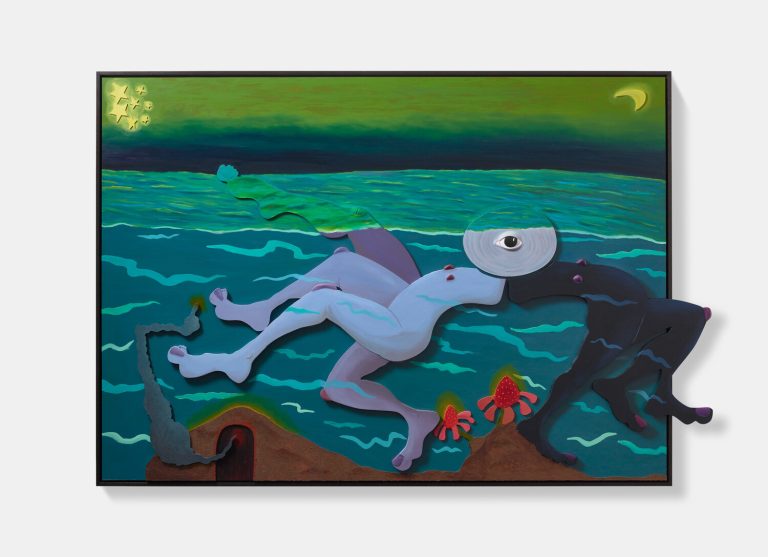Currently debuting her solo exhibition, Stirrings of a Polymorphous Bloom, at the Gagosian Gallery in Hong Kong, Asia, Alexandria Smith shares profound reflections on the emotive power of her art with social and political issues through surrealism and spirituality.
hube: Your work often explores themes of identity and the human experience. Could you share the sources of inspiration that drive these explorations in your art?
Alexandria Smith: My work is influenced by every passing day, my surreal interpretations of my own experiences, and society in general. Many of the figures in my paintings are stand-ins or avatars for emotions and the environments they inhabit are the interpretations of what our world does and could look like. The paintings aren’t an escape, they are ways to contend with our lives.

